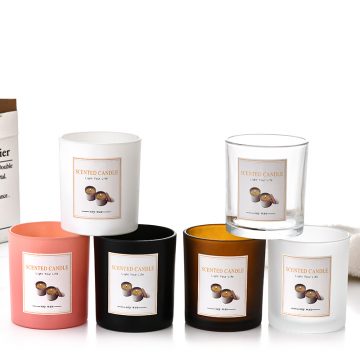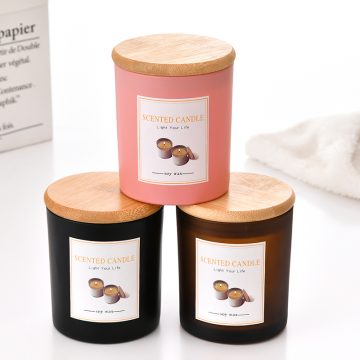Glass bottle is a very common kind of packaging in our lives. It is widely used in the packaging of beverages, medicines, cosmetics and other products, but glass bottles still have some defects.
(1) Uneven thickness. This refers to the uneven distribution of the glass on the glass bottle. The main reason is that the temperature of the glass gob is uneven. The part with high temperature has low viscosity and is easy to blow thin. The part with low temperature has high resistance and is thicker. , The temperature of the model is not uniform, the glass with the high temperature cools slowly, and the glass bottle manufacturer is easy to blow thinly, and the glass with the low temperature is blown thick because the glass cools quickly.
(2) Cracks. Cracks are the most common shortcomings of glass bottles. They may be very thin. Some can only be found in reflected light. The most frequent parts are the mouth, neck and shoulders of the bottle, as well as the body and bottom of the bottle. There are cracks.
(3) Insufficiency, if the temperature of the gob is too low or the model is too cold, the mouth, shoulders, etc. will not be fully blown, resulting in defects such as gaps, shrunken shoulders and unclear patterns.
wine bottle manufacturer.
(4) Deformation, the temperature of the gobs and the action temperature are too high, the bottle ejected from the forming die has not been completely set, and tends to collapse and deform. Sometimes the bottom of the bottle is still soft and the traces of the conveyor belt will be printed on the bottom of the bottle, which makes the bottom of the bottle uneven.
(5) Scissors glass bottles are custom-made, and there are obvious marks left on the bottle due to poor cutting. There are often two scissors prints on a gob. The upper scissors prints are left at the bottom, which affects the appearance, and the lower scissors prints are left behind. The mouth of the bottle is often the source of cracks.








